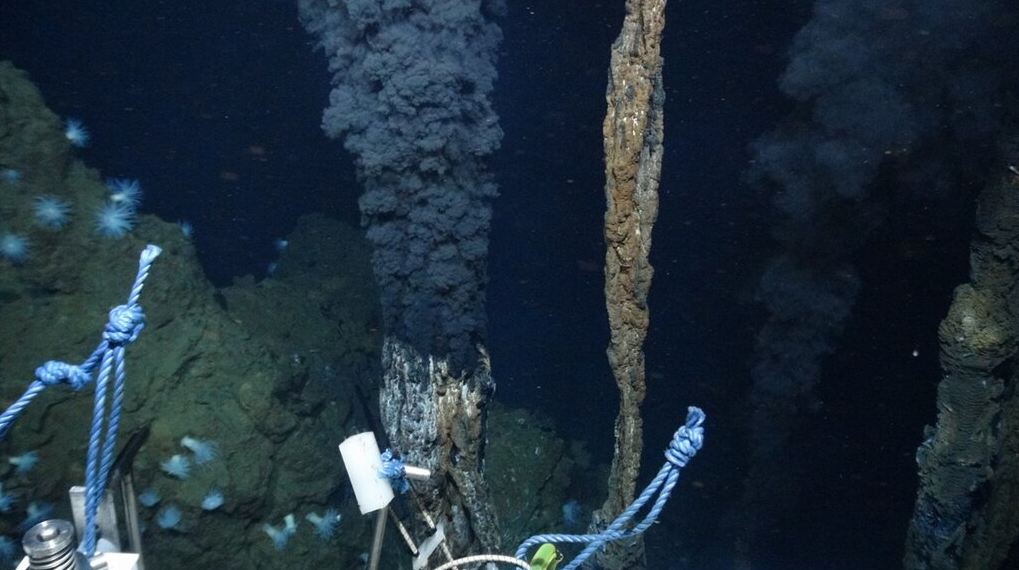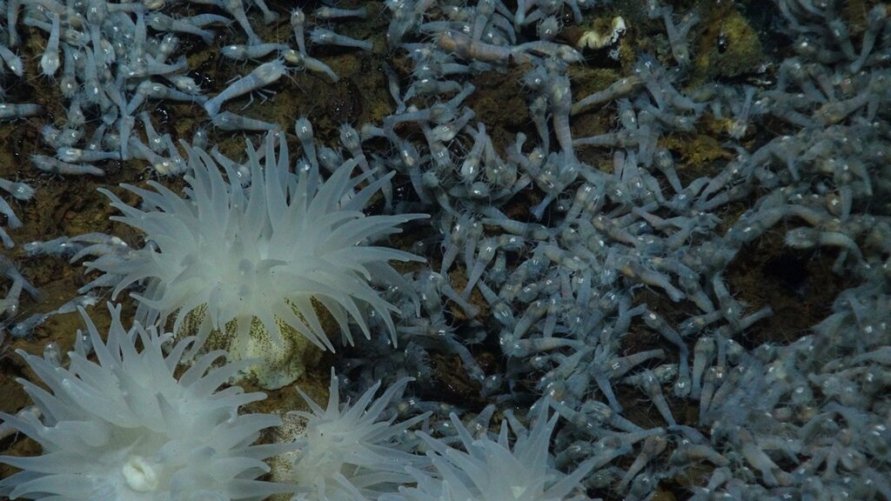Expedition Explores World's Deepest Hydrothermal Vents


Researchers are exploring the deepest known set of hydrothermal vents in the world, at a site in the Caribbean nearly 5 kilometers (3 miles) beneath the ocean surface.
They've discovered a new vent there that is deeper than any previously known, said Andrew Thaler, a researcher on the expedition. The group explores the area using a remotely operated vehicle (ROV) named Isis, which just completed its first dive yesterday (Feb. 20), Thaler told OurAmazingPlanet.
The site, known as the Beebe Hydrothermal Vent Field, lays in the Cayman Trough, a deep section of the Caribbean south of Cuba. It lies about twice as deep as most known hydrothermal vents. Hydrothermal vents are fissures in the seafloor where geologically heated water spews forth.
The researchers, led by Britain's National Oceanography Centre and the University of Southampton, discovered the Beebe field in 2010, but have yet to detail all of its treasure trove of life and geochemical oddities.
Their previous studies have already revealed several species new to science, and this go-around will likely do the same. "From a biological perspective, we won't know if we've made a major discovery until we've had a chance to process samples back at the lab, but there's no doubt that a few new species will be described from this cruise," Thaler said.
The scientists set sail on the RS James Cooke on Feb. 6 and will be at sea until early March. They are blogging about the expedition at a site called Into the Cayman Abyss and tweeting using the hashtag #DeepestVents.
The vents are crawling with blind shrimp, fields of anemones, tube worms and other bizarre life forms, said Thaler, who studies these creatures as a researcher at Duke University. Isis has already returned with samples of seawater and wildlife scooped or vacuumed from the ocean floor, he said.
Get the world’s most fascinating discoveries delivered straight to your inbox.
The vents, some of the hottest ever discovered, are also interesting from a geological perspective. Here, high temperatures and pressure cause venting fluid to become supercritical, meaning it behaves like a gas and a liquid. These fluids are very reactive, dissolving minerals deep in the Earth's crust and transporting them to the seafloor, according to the expedition's website.
The Beebe field also contains a series of older mounds from former vents, which could help researchers understand how these important formations are created.
One researcher placed half of a pig carcass within the Cayman Trough near the hydrothermal vents to see what scavengers it might attract, Thaler said.
Reach Douglas Main at dmain@techmedianetwork.com. Follow him on Twitter @Douglas_Main. Follow OurAmazingPlanet on Twitter @OAPlanet. We're also on Facebook and Google+.




